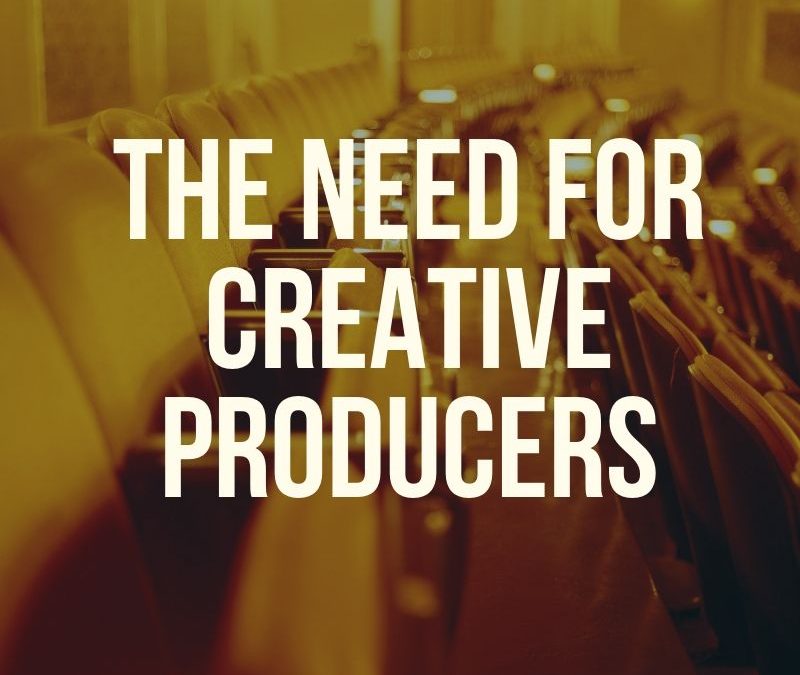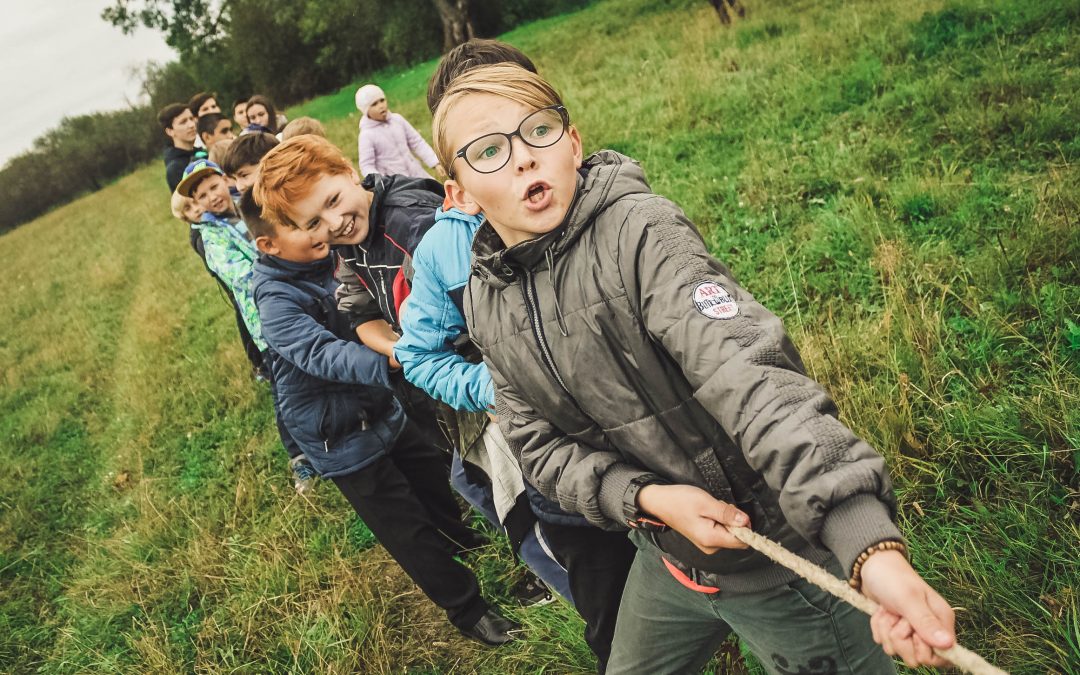
The Need for Creative Producers
Why I’m a Creative Producer
On May 13, 2013, in a speech at the Theater Communications Group (TCG) Gala, Emily Mann, longtime Artistic Director of the McCarter Theatre in Princeton, NJ, stated that the nonprofit movement was started because the commercial theater was “destroying theater as an art form.”
What??
This was an odd statement for Ms. Mann to make, having just received an honorary Tony award for the McCarter Theatre for its contribution to the vital function in the health of American theater, and having VANYA & SONYA & MASHA & SPIKE – developed at the McCarter – nominated for best play. Many in the commercial theater were offended by her comments, feeling that regional nonprofit theaters should be grateful to Broadway for allowing them to actually make a profit on occasion.
This in essence is the ongoing debate in the American theater.
Commercial Producers Help Drive NPD
In this era of almost nonexistent support from government and private foundations, sometimes regional nonprofit theaters are financially compelled to form partnerships with commercial producers to create new work – often works of significant value that, once having appeared on Broadway, provide enough necessary monetary success to allow the nonprofit theater a financial cushion it wouldn’t otherwise have.
Yet, while grateful for the funding, nonprofits are ever cautious about accepting money from “the dark side” for fear of loss of control of the artistic product, and for fear of betraying the mission under which the organization must adhere.
Commercial producers are usually driving these partnerships, lured by the opportunity to develop new work away from New York at a reasonable cost. However, as Ms. Mann’s comments show, everyone isn’t always perfectly happy with the arrangement.
That was in 2013. Has anything changed today?
Regional Theater and the History of New Play Development
During the 1930’s and 1940’s there was a feeling that there were important stories to be told that wouldn’t and couldn’t be produced by the commercial theater, because of the economics of Broadway.
The resulting Regional Theatre Movement during the 1930’s and 1940’s, led by its three founding matriarchs of Margo Jones, Nina Vance and Zelda Fichandler, proposed a new nonprofit model supported by and created for local communities, which would have the artistic mission to create new work and produce new interpretations of the classics, to bring about a “new renaissance” to the American theatre in the twentieth century.
These participants of the Regional Theatre Movement felt that it was their mission to create “art” as opposed to the mission of the commercial theatre, which they often perceived to be merely to generate income.
Somehow, developing “art” made their plays more “noble” than the work that was developed in the commercial sector.
Even today, in the eyes of the nonprofit theatre, Broadway sometimes still is an entity not wholly to be trusted; it is the “other”, a center of crass consumerism.
Founding leader Zelda Fichandler was burned once in an attempt to bring an Arena Stage production of The Great White Hope to Broadway; forever after her response to such partnerships was “Broadway: no.” Some nonprofit artistic directors feel the same to this day.
Commercial Producers Can Be Artists, Too
Commercial producers take offense at being perceived as merely “money men” (and women) – they consider themselves to be just as creative, smart and “hands-on” as the nonprofits, investing in the life of the play for the long haul.
Here’s the deal: a commercial producer must look beyond a single production to guide the entire life of the play from conception to (hopefully) an enduring life in the regional, educational and community theaters.
A producer’s enthusiasm and belief in a production is the fuel that drives the play forward. Many new plays are driven by a commercial producer who receives permission to produce the play from the playwright, or the playwright’s agent.
The producer then spends years (typically 7-9 years) on the development end for the play, hosting readings and developmental workshops to help each play find its own signature voice. Thousands of dollars are spent gathering a committed team of professionals in preparation for rehearsals to begin.
They do this all without being paid, without drawing a salary on the project for years – all because they believe in the work, just as much as the “art-driven” nonprofits do.
Commercial Producers Develop Work
Commercial producers with a dramaturgical sensibility can creatively bridge the gap between the nonprofit and commercial theater and encourage partnerships between the two that are beneficial to both.
Producers skilled in dramaturgy can bring to life the voices and images that accurately reflect our American experience at the beginning of the twenty-first century – and secure their future in the American theatrical canon for posterity.
Jill Rafson, then Literary Manager of the Roundabout Theatre in New York City, called for 2013 graduates from The Commercial Theater Institute – an organization that trains new producers – to become “Creative Producers.” She said that “Creative Producing” was the most underdeveloped skill in the industry, and that only through the insight and leadership of Creative Producers would emerging playwrights be challenged to develop more innovative and original work.”
Another successful guest lecturer in the program, commercial producer Kevin McCollum, pointed to a dramaturg in the class (me) and told the rest, “You all should know what she knows.”
Producers breathe life into a script. Playwrights need producers to mount their plays and to project their voice into the larger culture for them.
Creative Producers, using the skills and knowledge of dramaturgy, are necessary to help develop original new plays and to contribute significant new work into the American theatre canon.
Make Friends with a Non-Profit
If you’re a writer, make friends with a regional non-profit. Make connections with directors and producers who have contacts at theaters everywhere.
Submit everywhere. In reality, it’s a numbers game.
Learn dramaturgy – it’s an essential skill set.
Are you affiliated with a regional theater, I’d love to hear your side of the debate. Email me at cate@createtheater.com, and I’ll feature you on another blog post.
How do YOU feel about commercial producers working with regional theaters to develop new work? Let me know your thoughts..
Best of all, they’re all free.


